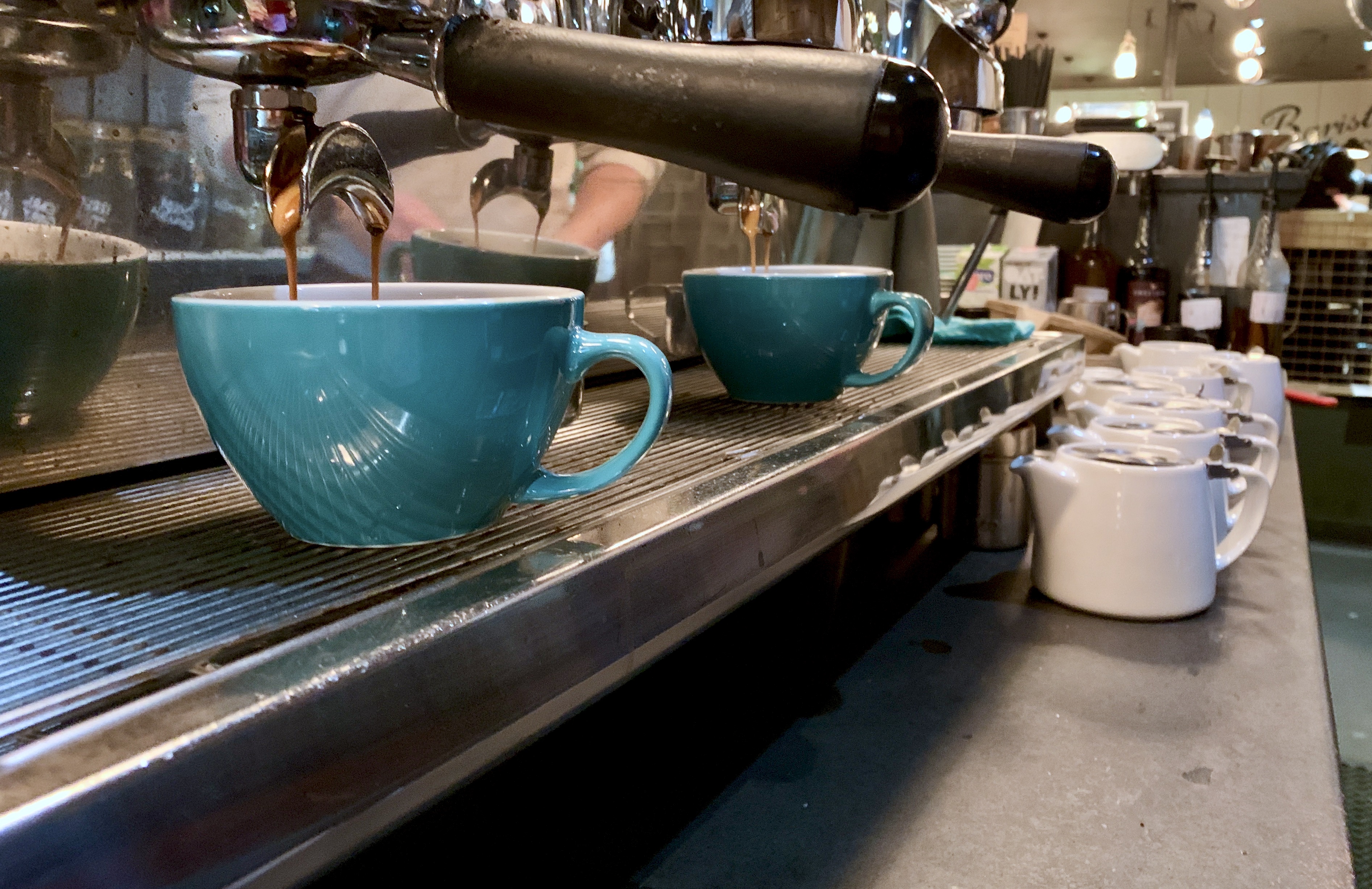A layman’s guide to making a flat white
Here’s the key steps to make a flat white
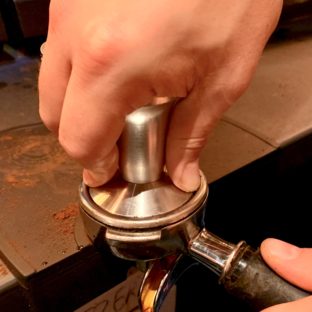
Step 1: grind and tamp
A barista will check the grind of their coffee regularly.
This ensures that the grinder is calibrated to the environment.
Too fine a grind will result in overcooked coffee; too coarse and the espresso will be too thin.
The ground coffee is tamped, which compresses it into a puck, making sure the coffee is flat and even.
An uneven puck means unevenly cooked coffee.
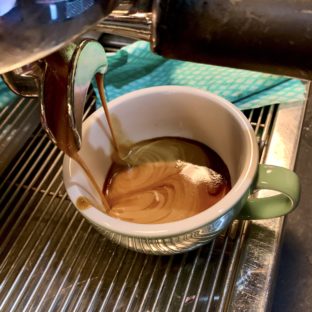
Step 2: espresso
A flat white needs a high coffee ratio to milk so a double espresso basket should be used.
The espresso should start to pour after a few seconds.
If it was tamped too tightly this will take longer and the espresso may be burnt.
If it was not tamped enough, the espresso will be watery and may be too weak.
A perfect espresso will feature crema, the brown froth on top.
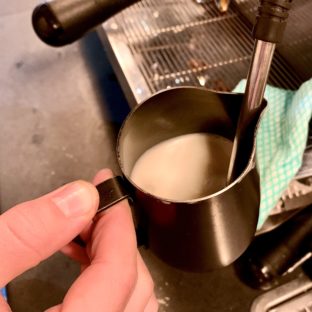
Step 3: milk
A flat white needs softly textured milk.
The milk should be steamed at a constant temperature.
It should be kept moving for even heat distribution throughout.
When the milk looks glossy, like white latex, it is the correct temperature and consistency for a flat white.
Correctly steamed milk will give the flat white its light texture.
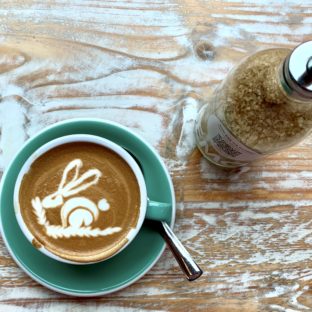
Step 4: show off
Pour into an 5-8oz cup, any larger and it classes as a latte.
The milk should be poured with the cup at a tilt so that brown crema remains on top.
Different patterns can be created by moving the milk jug in certain ways.
A barista school is teaching practical skills to coffee enthusiasts, existing baristas and job seekers
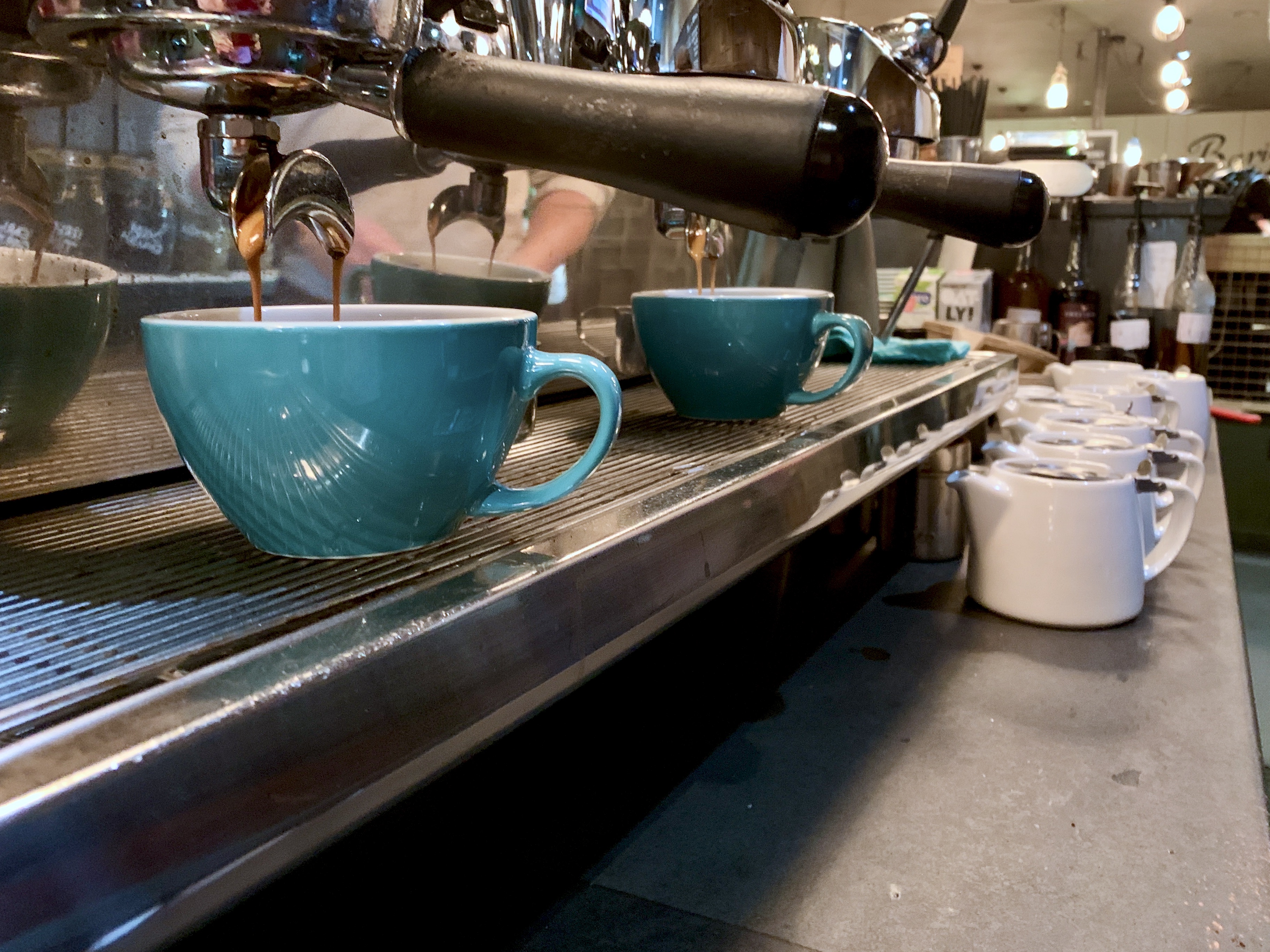
Cardiff coffee shop, 200 Degrees, is running a barista school to give people a better understanding of coffee preparation.
Running at weekends, classes can give people new skills and a new understanding of coffee, whatever their previous experience.
Graham Hepburn, head of coffee at 200 Degrees, said sessions aim to give people a better understanding of coffee, however they make it.
Three courses are aimed at improving the skills of existing or aspiring baristas, giving those who attend a wider employment prospectus in a country that consumes 95 million coffees a day.
Graham added, “Many come to gain experience, allowing more employment opportunities or simply helping them get better at a job they already have.”
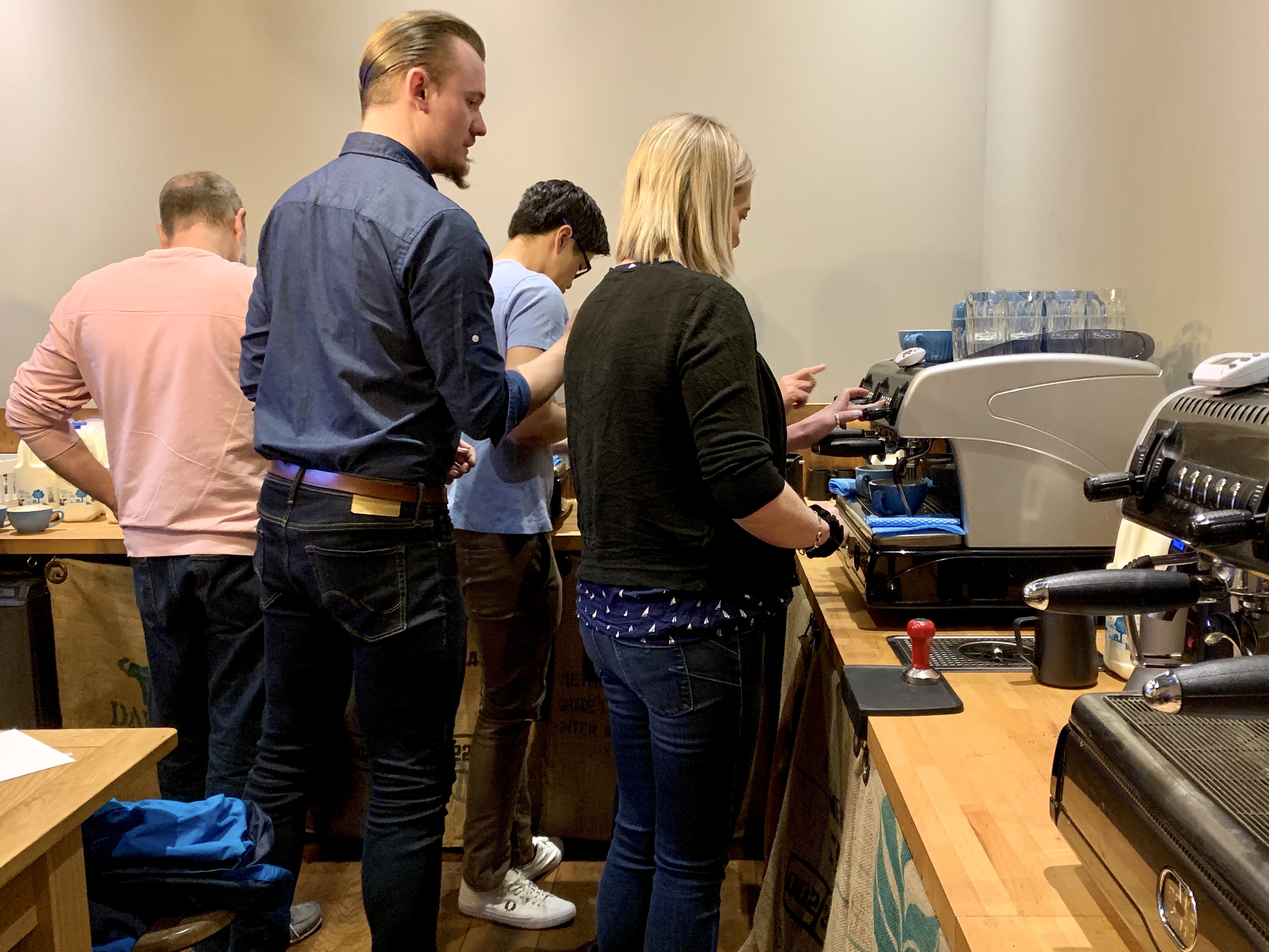
A basic barista course teaches people of all experience levels to make common drinks such as lattes and cappuccinos, which could be a foot in the door to a cafe job.
The intermediate course is aimed at those who already understand how espresso machines work, perhaps those who have used an espresso machine as part of a hospitality role.
The advanced course can teach those with previous barista experience to improve their existing skills, with advanced latte art and the science behind milk microfoam being taught.
All could help you land a job, or take your current one to a new level, according to Graham.
There is also a home brew course to teach enthusiasts about bean production; different home brewing methods; and give practical advice on which beans, methods and recipes will suit individual flavour preferences.
This could improve the coffee you make, even if you only drink at home.
200 Degrees is located on Queen Street, Cardiff. Course prices range from £45 to £95, so they aren’t cheap, but most include a free bag of coffee and a voucher for discounted brewing kit.
A layman’s guide to making a flat white
Here’s the key steps to make a flat white

Step 1: grind and tamp
A barista will check the grind of their coffee regularly.
This ensures that the grinder is calibrated to the environment.
Too fine a grind will result in overcooked coffee; too coarse and the espresso will be too thin.
The ground coffee is tamped, which compresses it into a puck, making sure the coffee is flat and even.
An uneven puck means unevenly cooked coffee.

Step 2: espresso
A flat white needs a high coffee ratio to milk so a double espresso basket should be used.
The espresso should start to pour after a few seconds.
If it was tamped too tightly this will take longer and the espresso may be burnt.
If it was not tamped enough, the espresso will be watery and may be too weak.
A perfect espresso will feature crema, the brown froth on top.

Step 3: milk
A flat white needs softly textured milk.
The milk should be steamed at a constant temperature.
It should be kept moving for even heat distribution throughout.
When the milk looks glossy, like white latex, it is the correct temperature and consistency for a flat white.
Correctly steamed milk will give the flat white its light texture.

Step 4: show off
Pour into an 5-8oz cup, any larger and it classes as a latte.
The milk should be poured with the cup at a tilt so that brown crema remains on top.
Different patterns can be created by moving the milk jug in certain ways.

